Pet Dental Care
We all want your dog and cat to have fresh breath and more importantly, we want them to keep their teeth. The best way is to do prophylactic dental care. How often this needs to be done will be determined by your veterinarian on our yearly exams.
Pet Dental Care
Caring for Your Pet’s Teeth
At home you should be checking once a week, with your dog or cat facing you, lift their lips and examine their gums and teeth. The gums should be pink, not white or red, and should show no signs of swelling. Their teeth should be clean, without any brownish tartar. If you start to notice any abnormalities, you should bring them in to have their teeth examined by the veterinarian.
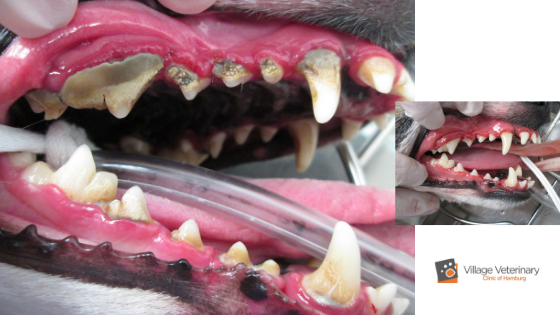
Signs of Dental & Oral Disease
The following are signs that your dog or cat may have a problem in their mouth:
- Bad breath
- Loose teeth
- Teeth are discolored or covered in tartar
- Your pet will not let you touch their mouth
- Drooling
- Dropping food
- Bleeding from their mouth
- Loss of appetite
- Chewing on one side of their mouths
- Cries out when they eat or take a treat
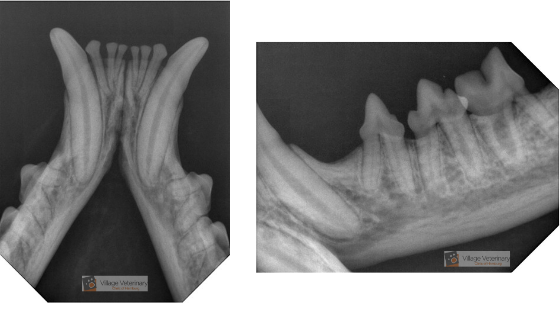
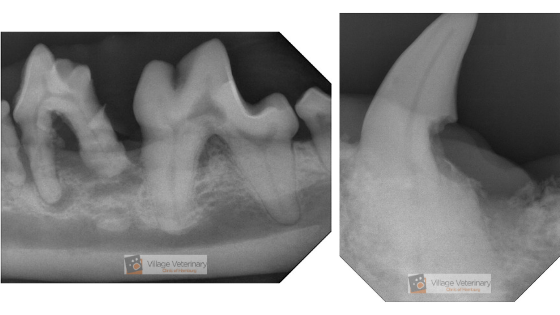
Dental Cleanings
Dental cleanings are done under anesthesia, most dogs and cats do not want to say “ahhh” voluntarily. We then clean with an ultrasonic scaler. This allows us to remove any plaque and tartar that has built up on your pet’s teeth. We are also able to get under the gum line to remove the plaque and tartar. We clean all surfaces of the teeth. We can also examine if your pet has any pockets by measuring the depth of the gum line. We polish the teeth with a pet toothpaste to help fill in the microscopic abrasions on your pet’s teeth.
We have the capability of taking digital dental x-rays, which can help us save teeth. Dental x-rays help us look under the gum line (teeth are like icebergs, most of the tooth is under the surface). Did you know you can only see about 1/3 of a dog or cat’s tooth? The majority (the roots) are under the gum line. Dental x-rays can help us see the internal anatomy of the tooth, the bone surrounding the tooth, or determine if there are any abscesses present. If teeth do need to come out (because of poor genetics, heavy tartar, gingivitis, resorptive lesions, etc) we are able to numb their mouths and remove them.
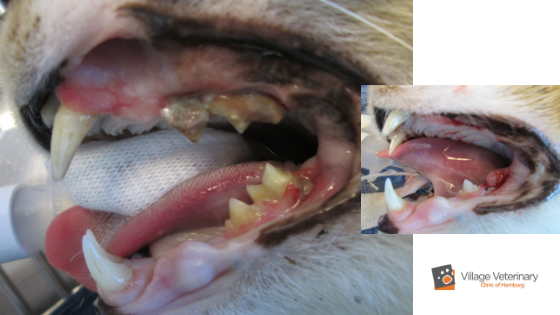
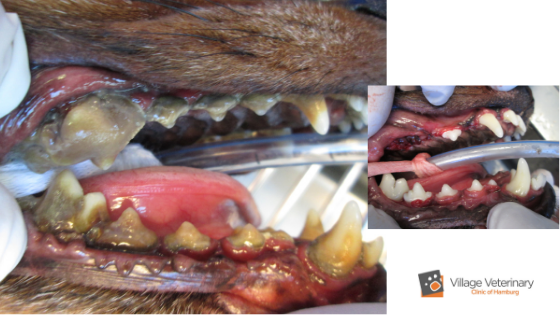
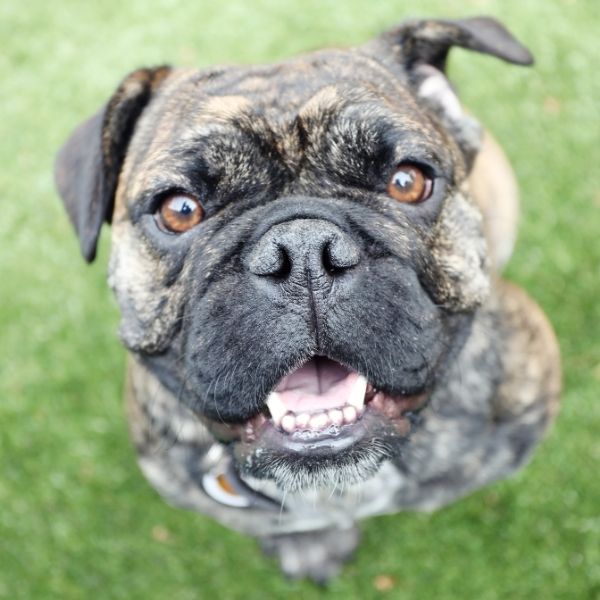
Don’t Forget That After Dental Care!
Teeth Brushing
Brushing your pet’s teeth is the best way to prevent plaque and tartar (next to getting them professionally cleaned). In a perfect and idealistic world, you are brushing your pet’s teeth twice daily, every day. We know that not everyone can do that, but if you can manage to brush once a day or at least a few times per week, you get a gold star! Why is teeth brushing so important? Imagine what would happen if you didn’t brush your teeth after every meal or even every day. The film that builds up on your teeth hardens to form plaque, that plaque builds to form tartar and the tartar starts to push away the gum which can loose then teeth. The same process occurs in our pets!
Getting your young dog or cat used to having their teeth cleaned can be greatly beneficial as they get older. Or starting to brush their teeth after a professional dental cleaning can help reduce the speed at which plaque or tartar will build up again. We have all the products you will need at the VVCofH.
Here is what you need:
- Toothbrush: You can use a gauze square or small cotton washcloth. You can also use an actual pet toothbrush or finger toothbrush. These toothbrushes are typically smaller and have softer bristles than a human toothbrush.
- Toothpaste: You should never use human toothpaste, which can contain fluoride and potentially xylitol (these are toxic to pets!). You should use an enzymatic pet-specific product. Luckily, they come in many delicious flavors such as poultry, tuna, or mint!
Steps to brush your dog or cat’s teeth:
- First get your pet used to the idea of having their teeth brushed. Massage the teeth and gums in a circular motion for 30 to 60 seconds once or twice a day for a few weeks. It is preferred to use a small gauze during this time. When your pet seems comfortable with this, put a little bit of pet-formulated toothpaste on their lips to get them used to the taste.
- Next, introduce a toothbrush of your choice. Begin to clean in a small, circular motion. Work on one area of your pet’s mouth at one time, lifting their lip as necessary. The side of the tooth that touches the cheek usually has the most tartar, and giving a final downward stroke can help to remove it. If your pet resists having the inner surfaces of their teeth cleaned, don’t fight it, only a small amount accumulates there.
- Once you get the technique down, go for a brushing two or three times a week. Gold star for those who can do it daily!
A veterinary exam beforehand may be helpful to find out if your dog’s gums are inflamed. If your dog has mild gingivitis or other painful dental conditions, brushing can be painful. This can lead to your pet associating teeth brushing with bad experiences and we would rather it be a good one!
Treats
There are only a handful of treats that can help reduce plaque and tartar. These treats have been rewarded with the VOHC seal (veterinary oral health council). These products have gone through rigorous testing to prove that they can help reduce plaque and tartar from your pet’s teeth. Every product on the market gets tested by this council, but only a few achieve this seal.
Here are a few products we like, that also have this seal:
- Hill’s Prescription t/d (this can be fed as an adult diet or given to your pet as a treat. These are the treats we have in our exam rooms!
- Virbac Veggie Dents
- Greenies Brand Products
Dental Fun Facts!
- Dogs have 28 baby teeth and 42 adult teeth
- Cats have 26 baby teeth and 30 adult teeth
- 80% of dogs and cats have some form of dental disease by 3 years of age!
- The bacteria found in your dog and cat’s mouth can also be found in their hearts, liver, and kidneys! Meaning that the bacteria on their teeth is traveling from the blood vessels in their teeth to these essential organs!
